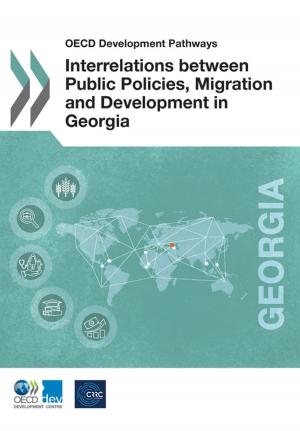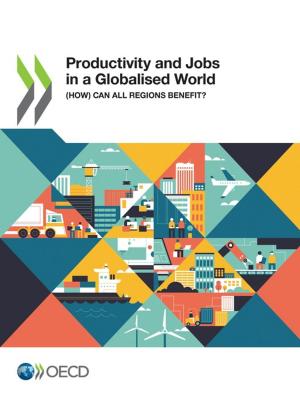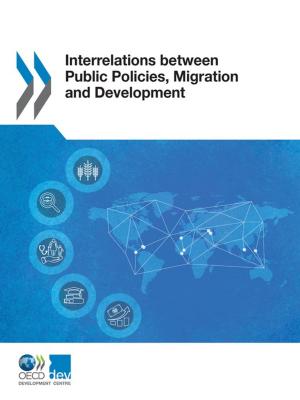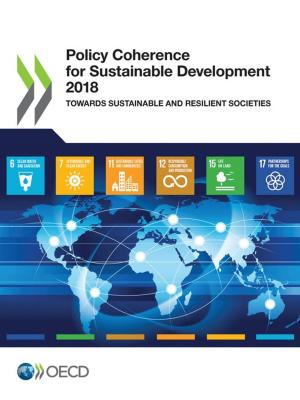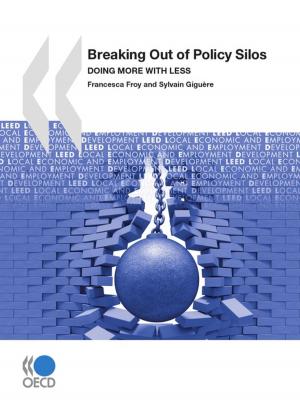| Author: | Collectif | ISBN: | 9789264272125 |
| Publisher: | OECD | Publication: | March 21, 2017 |
| Imprint: | OECD | Language: | English |
| Author: | Collectif |
| ISBN: | 9789264272125 |
| Publisher: | OECD |
| Publication: | March 21, 2017 |
| Imprint: | OECD |
| Language: | English |
China has continued to grow fast by international standards. While growth is gradually moderating as the population ages, GDP per capita remains on course to almost double between 2010 and 2020. As a result, the Chinese economy will remain the major driver of global growth for the foreseeable future. Notwithstanding the economy’s impressive performance and unprecedented poverty reduction, imbalances have built up. China’s growth has long been driven by capital accumulation, supported by high savings. However, the growth model has led to misallocation of capital and falling investment efficiency, and to excess capacity in some manufacturing industries and in the real estate sector. High enterprise investment has been financed by debt, fuelled by interest subsidies and implicit guarantees for state-owned enterprises and other public entities. Slowing growth implies lower profits for firms, and therefore greater pressure to improve efficiency. It also translates into slower growth of incomes and limits the fiscal resources available to make growth more inclusive. Income inequalities measured by the Gini index have declined but are still high. The urban-rural divide is large and the household registration system hinders labour movement to where it could be better used.
This Economic Survey of China assesses the country’s recent macroeconomic performance and proposes policy measures to promote higher-quality growth. Policy recommendations relate to how to improve corporate performance and enhance inclusiveness.
SPECIAL FEATURES: BOOSTING FIRM PERFORMANCE AND ENTREPRENEURSHIP; ENHANCING INCLUSIVENESS
China has continued to grow fast by international standards. While growth is gradually moderating as the population ages, GDP per capita remains on course to almost double between 2010 and 2020. As a result, the Chinese economy will remain the major driver of global growth for the foreseeable future. Notwithstanding the economy’s impressive performance and unprecedented poverty reduction, imbalances have built up. China’s growth has long been driven by capital accumulation, supported by high savings. However, the growth model has led to misallocation of capital and falling investment efficiency, and to excess capacity in some manufacturing industries and in the real estate sector. High enterprise investment has been financed by debt, fuelled by interest subsidies and implicit guarantees for state-owned enterprises and other public entities. Slowing growth implies lower profits for firms, and therefore greater pressure to improve efficiency. It also translates into slower growth of incomes and limits the fiscal resources available to make growth more inclusive. Income inequalities measured by the Gini index have declined but are still high. The urban-rural divide is large and the household registration system hinders labour movement to where it could be better used.
This Economic Survey of China assesses the country’s recent macroeconomic performance and proposes policy measures to promote higher-quality growth. Policy recommendations relate to how to improve corporate performance and enhance inclusiveness.
SPECIAL FEATURES: BOOSTING FIRM PERFORMANCE AND ENTREPRENEURSHIP; ENHANCING INCLUSIVENESS


